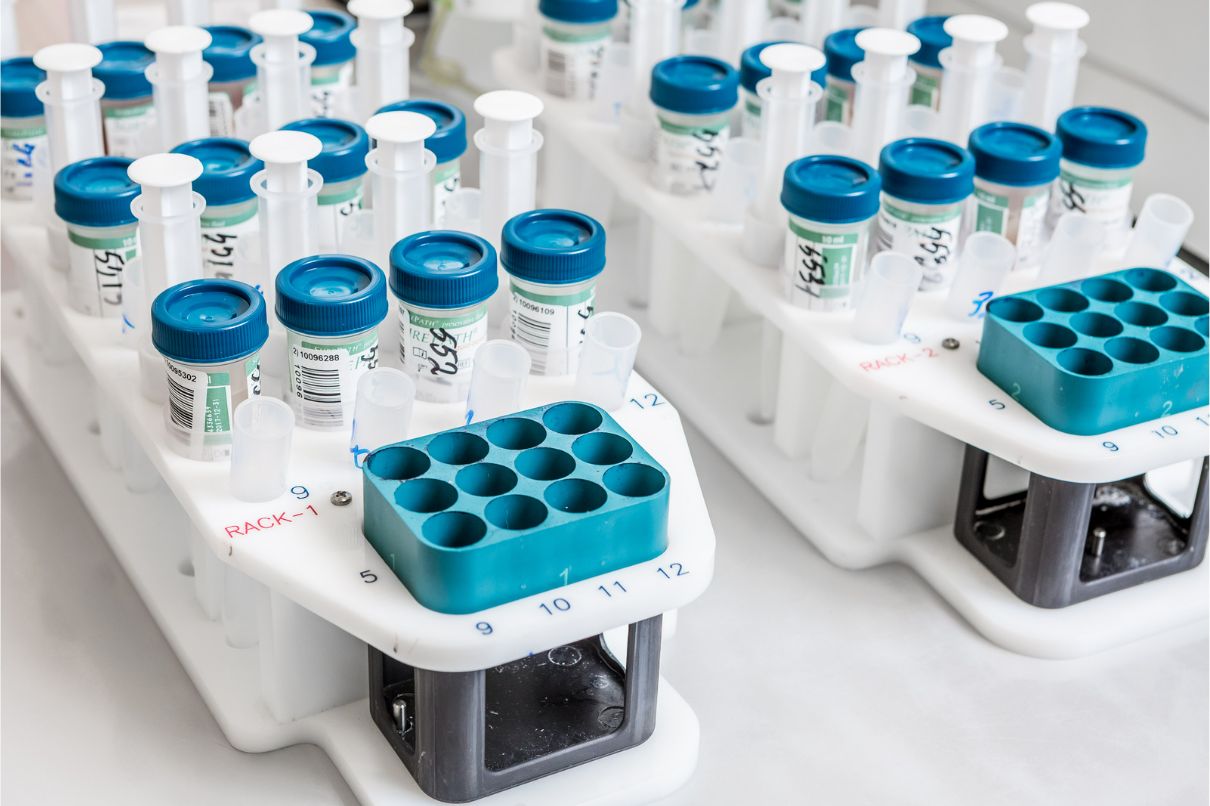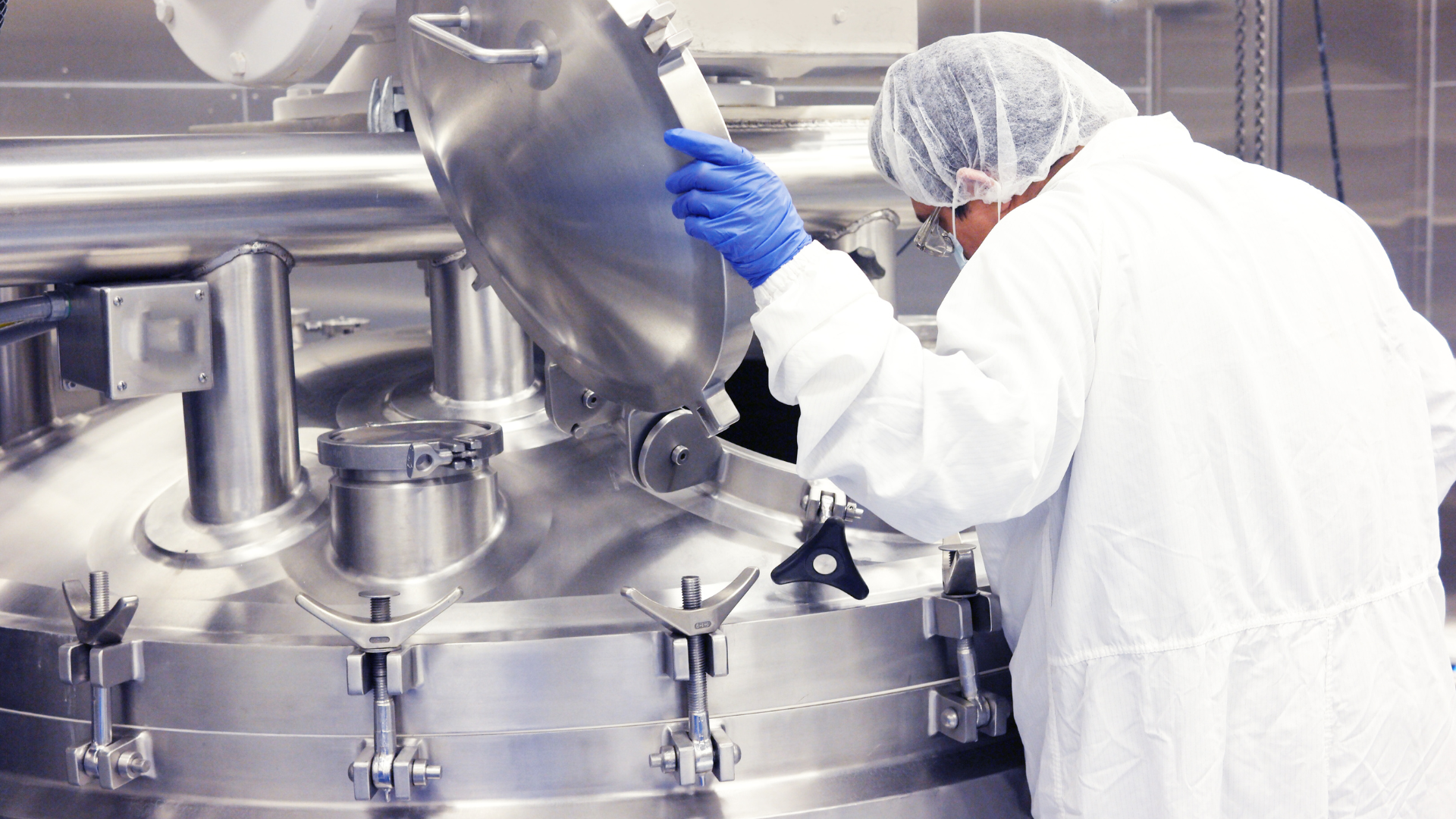Good Manufacturing Practices: Overcoming Regulatory Approval Hurdles

Good manufacturing practices – known in the industry as GMPs – exist to ensure the therapeutic supply chain is responsibly run and well-regulated. GMPs require that manufacturers and packagers of therapeutics take proactive steps to ensure product safety, purity, and efficacy. However, there is no unified agent responsible for enforcing GMPs and pharmaceutical regulatory affairs. These are upheld by national or international regulatory bodies such as the FDA, the European Medicines Agency (EMA), and the UK's Medicines and Healthcare Products Regulatory Agency (MHRA).
As a consequence, developing or trialling a new product across regulatory jurisdictions can pose headaches for the companies behind these experimental treatments. Other challenges can arise in the process of assay development, particularly concerning the use of materials. Securing regulatory approval is often the end goal in the development of a new therapeutic product. But what steps can be taken to avoid some of the common industry curveballs?
Good Manufacturing Practices: Navigating the Regulatory Obstacle Course
Marta Freitas, Principal Scientist at Quell Therapeutics, works on quality control for the validation of new treatments. In her experience, a complication of certain requirements for manufacture such as GMPs is that different regulators may pursue different criteria. “That can be challenging when you're trying to submit your documentation in an early stage,” she said. Since the UK is no longer part of the EMA, the legislative process for licencing medicines and approving new treatments across regulatory zones has become more complicated.
“Have all your ducks in a row... make sure you've got every aspect of your process and your risk assessment ready to go.”
Subsequently, a key advantage in the pursuit of approval is to nail down a workable approach right at the start of the development cycle. “Trying to get that early-stage understanding and agreement between the regulators at the beginning is crucial”, agreed Amina Al-Mossawi, Regulatory Manager of Pharmaceuticals at UCL. “Understanding what the regulatory requirements are right from the start and having that understanding and that communication will hopefully save a lot of time.”
Another aspect highlighted by Al-Mossawi is ensuring the actual process of validation and approval is as simple as possible. “Have all your ducks in a row,” she advised: “make sure you've got every aspect of your process and your risk assessment of your scientific justification all aligned and ready to go.” In addition, avoid posing open-ended questions. “At the end of it they're going to question you as to whether you know your process better or not.” This is particularly relevant in the case of potency assays and pharmaceutical regulatory affairs.
Quality Control in Assay Development
In Freitas' experience, one of the bigger challenges associated with quality control is developing a good potency assay which shows the product is working as intended. “It's really important to understand the list of assays that you need to fully characterise your product and make sure that whenever it's released for the patient it's safe and efficient,” she explained.
Often, regulators are looking for alignment between a potency assay and associated method of action (MOA). Successful potency assays should demonstrate usable biomarkers or representative assays. However, shifting timeframes can pose another hurdle to defining potency and manufacturing assays. In non-oncology settings, researchers may find that primary endpoints for the phase II study align poorly with the associated potency assay.
- An Insider Look at Cell Therapy Analytics
- Effective Analytics For Allogeneic Cell Therapies: What Works?
- Treatment Approaches for Myeloid Leukaemia
Subsequently, a key consideration for securing regulatory approval is ensuring every assay is aligned. Rather than constantly submitting different applications and having regulators repeatedly chasing them back with questions, a better approach is to be proactive in predicting what will be asked for. “If you make all of your anticipated changes that you're going to have with your phase I and phase II assays, you'll make a lot more headway,” said Al-Mossawi.
Supply and Demand for Larger Patient Groups
Another focus with production and supply is being able to develop the required therapeutic at the right quantities. Jenny Prange is Head of GMP Production, Chief Scientific Officer and Co-Founder at Muvon Therapeutics. A biotechnologist by training, her company offers muscle regeneration therapy to patients suffering from stress urinary incontinence.
The product being developed by Prange and her team is autologous, so batches are produced at a rate of one per patient. “It's not really that we have to target a lot of patients with one clinical production, it's rather having the capacity to run several productions in parallel,” she explained. This can be a limiting factor in the move to upscale in accordance with pharmaceutical regulatory affairs.
“It's about having a good strategy to scale up your entire process,” agreed Freitas. “It's thinking in advance about how you can meet that demand so you don't face a hard stop when you actually get to that point.” Adequate strategic provision is a key tenet to success, as is working with the regulators to ensure the approval process is as smooth as possible.
Good Manufacturing Practices and Patient Proximity: Therapeutics Across Regulatory Borders
Being as close as possible to the patient during manufacture is another important challenge. Freitas spoke of her experience in a previous company with patients in the US, but the product was manufactured in the UK. “That's adding pressure to the process to try and have the product out as soon as possible,” she explained. In the case of autologous therapies, this can mean a long and costly journey for the product.
Many companies and suppliers are now moving towards decentralised procedures where a product is part-manufactured, then finished and released at the bedside. “That way the patient can receive it as fresh as possible without too much time elapsing between the actual manufacture and the patient receiving it,” said Al-Mossawi. “I think we're still working towards decentralised, point of care manufacturing – we'll have to see where we're heading towards and what that leads to.”
However, aligning approaches with GMP guidelines can pose individual complications as well. “Specifically when it comes to your GMP manufacture and you're undergoing part manufacture within the GMP facility, that has its own challenges within the training and the regulatory requirements,” continued Al-Mossawi. “Going on to the bedside of the patient, you lose control of the environmental factors and how they're going to finish off the manufacture of that product remotely.”
While it can be difficult to know in advance the best materials to use for production, this is a crucial decision that can affect cost and material usage further down the line. Manufacture in accordance with correct development protocol represents a complicated challenge, but with adequate investment of both time and money at an early stage, clinical trials developed at the bedside could be achievable. The key for success in pharmaceutical regulatory affairs is to work proactively with GMP guidelines and the necessary regulators from the outset.
Want to be involved in future discussions around the impact of regulation on assay validation? View our membership options to gain access to the full range of materials in this series. If you'd like to take part in our upcoming 3D Cell Culture conference, visit our event website to download an agenda and register your interest.







